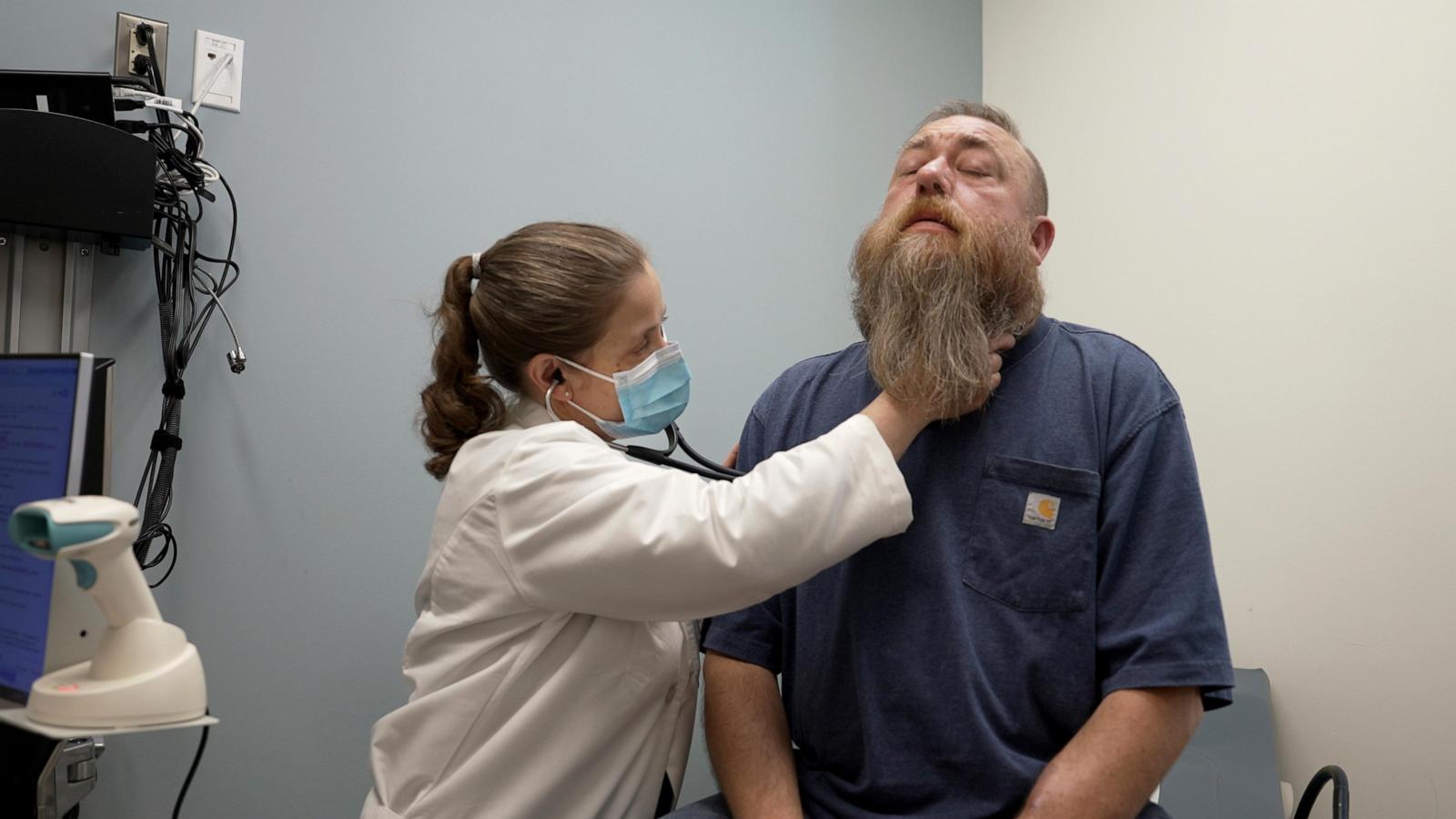Pig Kidney Transplants: A Revolutionary Leap in Organ Transplantation
Are you tired of the endless wait for a life-saving organ transplant? Imagine a future where the scarcity of human organs is no longer a death sentence. This incredible breakthrough is closer than you think, thanks to groundbreaking research using pig kidneys and hearts. This article delves into the amazing world of xenotransplantation, exploring its potential to revolutionize organ transplantation and save countless lives.
The Urgent Need for Organ Alternatives
The demand for organ transplants vastly surpasses the available supply. Thousands of individuals languish on waiting lists, their lives hanging in the balance. Dialysis, while keeping patients alive, significantly compromises their quality of life and poses significant health risks. Xenotransplantation offers a radical solution – using organs from other species, specifically pigs, to address this critical shortage. Gene editing technologies, such as CRISPR-Cas9, have refined pig organs to decrease human immune system rejection and to minimize cross-species diseases.
The Challenges and Ethical Considerations
Despite the potential, xenotransplantation faces challenges. The primary hurdle is overcoming the immune response that rejects the foreign organ. Extensive research is ongoing to discover the most effective combination of gene edits that maximizes organ compatibility and increases the chances of a successful and prolonged transplant.
Scientists have explored numerous genetic modifications to minimize immune rejection and mitigate the risk of disease transmission. It's a delicate balancing act between genetic modification and functional viability of the organs to successfully create life-saving animal organ transplants. There's ongoing ethical discussion on using organs from other species.
The Pioneering Clinical Trials
The first clinical trials of xenotransplantation are poised to begin in 2025, marking a monumental leap forward. Several U.S. companies are leading this groundbreaking endeavor. The anticipation is palpable, particularly among individuals currently on waiting lists for kidney transplants, like Alex Berrios. Patients with highly sensitized immune systems, like Mr. Berrios and Towana Looney (the first to receive a gene-edited pig kidney), might stand to benefit.
Promising Results and Future Prospects
While earlier attempts at xenotransplantation were not without challenges, recent breakthroughs demonstrate remarkable progress. For instance, the remarkable story of Towana Looney shows promising results and encourages continued exploration into the potential of pig organ transplantation. Although previous recipients of pig hearts and kidneys did not survive more than two months, experts continue working on a sustainable solution for those in dire need of organ transplants.
The Science Behind Xenotransplantation
Xenotransplantation is possible by creating humanized pig organs through gene editing techniques. These techniques alter genes within the pig cells to prevent tissue rejection, increase compatibility and reduce disease transmission. There are various techniques employed in editing pig genes and further development of these techniques should allow for longer lifespans for transplant patients in the future.
Gene Editing and the Quest for Compatibility
Companies such as eGenesis and Revivicor are actively refining gene-editing approaches, aiming for the optimal balance between improving human compatibility and organ viability. Revivicor, for instance, utilizes up to ten gene edits, while eGenesis incorporates as many as sixty-nine edits in their approach. It’s worth comparing both strategies and determine the most impactful modifications needed to effectively transplant these organs and greatly improve the survival rate.
The Path Forward and Call to Action
While exciting progress is evident, the road ahead remains challenging. More research is imperative to determine the best genetic combinations and strategies. Collaboration between researchers and patients is key to moving this field forward, making xenotransplantation a more successful and available procedure for many patients.
Patient Participation: A Critical Role
Patients play a crucial role in the development and advancement of xenotransplantation. Individuals such as Carl McNew, who actively sought to volunteer, exhibit great hope. These individuals and their contributions pave the way to achieving significant developments and potential lifesavers.
Take Away Points:
- Xenotransplantation holds immense potential for addressing the organ shortage crisis.
- Gene-editing technologies play a pivotal role in improving organ compatibility.
- Ongoing research and clinical trials are crucial for refining the procedure and evaluating the long-term effects.
- Patient participation and collaboration are essential for furthering research efforts and ensuring patient safety.
The field of xenotransplantation is rapidly advancing and holds the promise of saving countless lives in the coming years.




